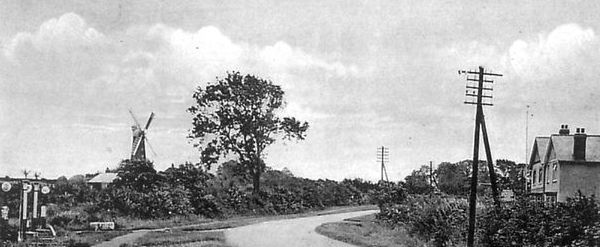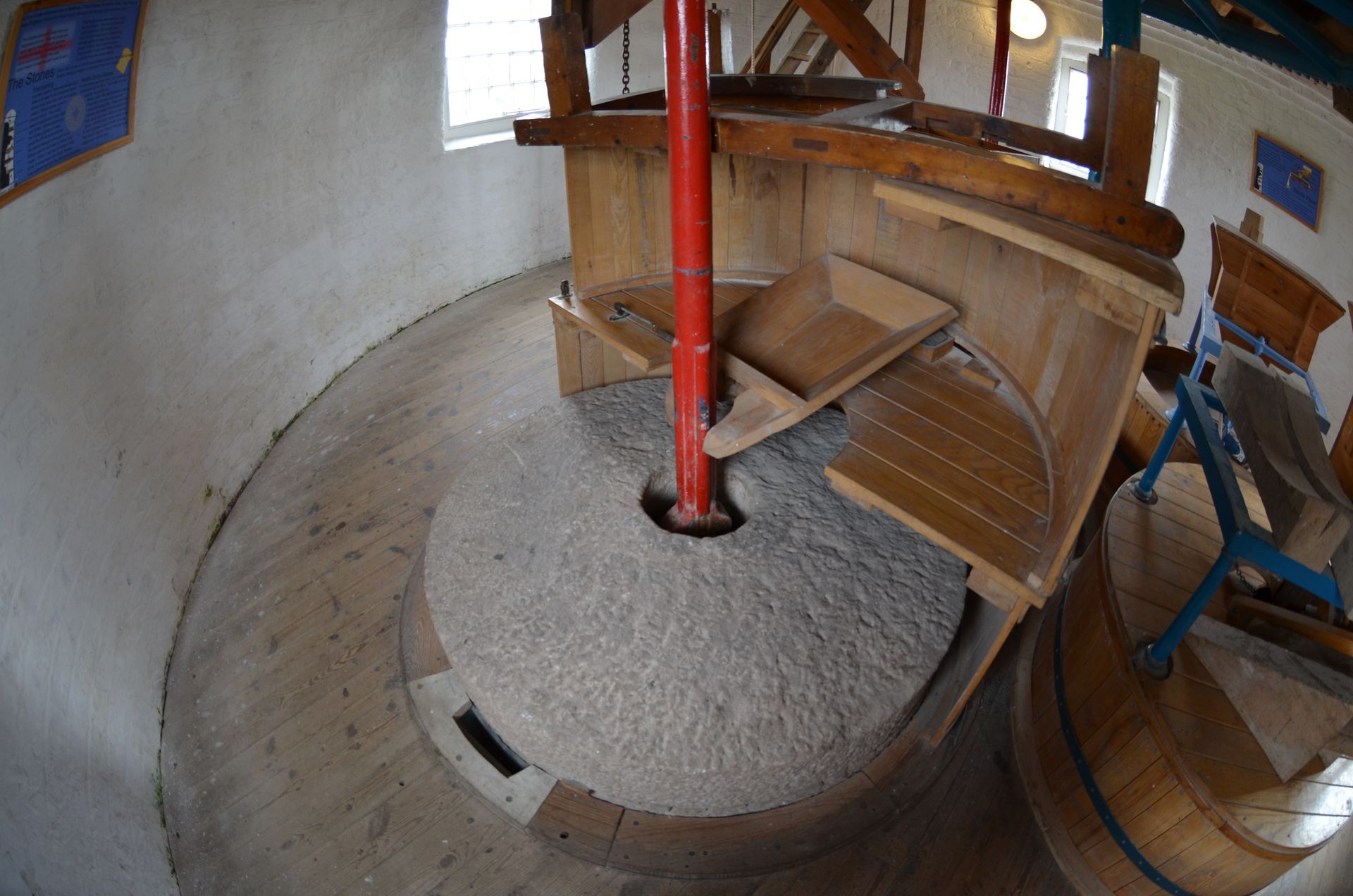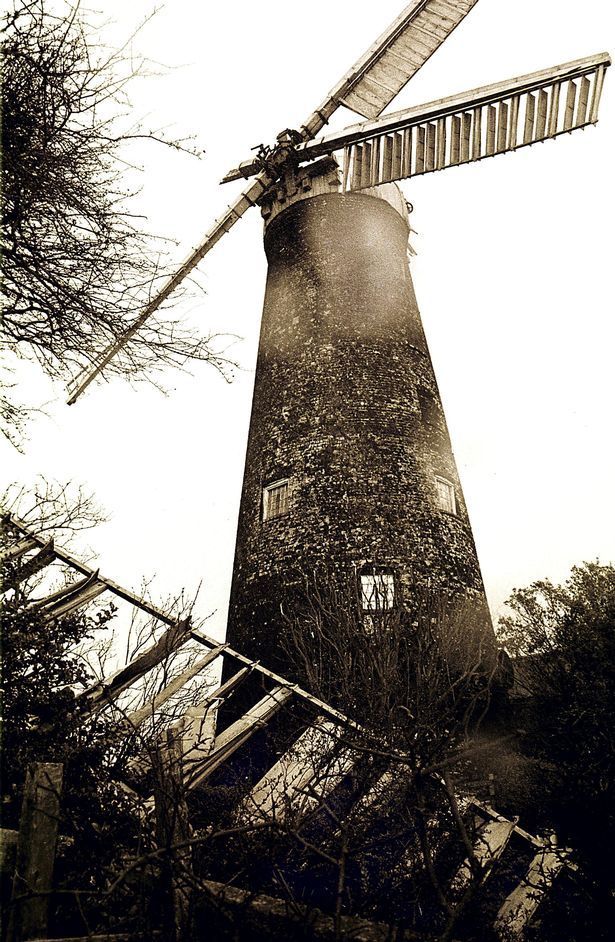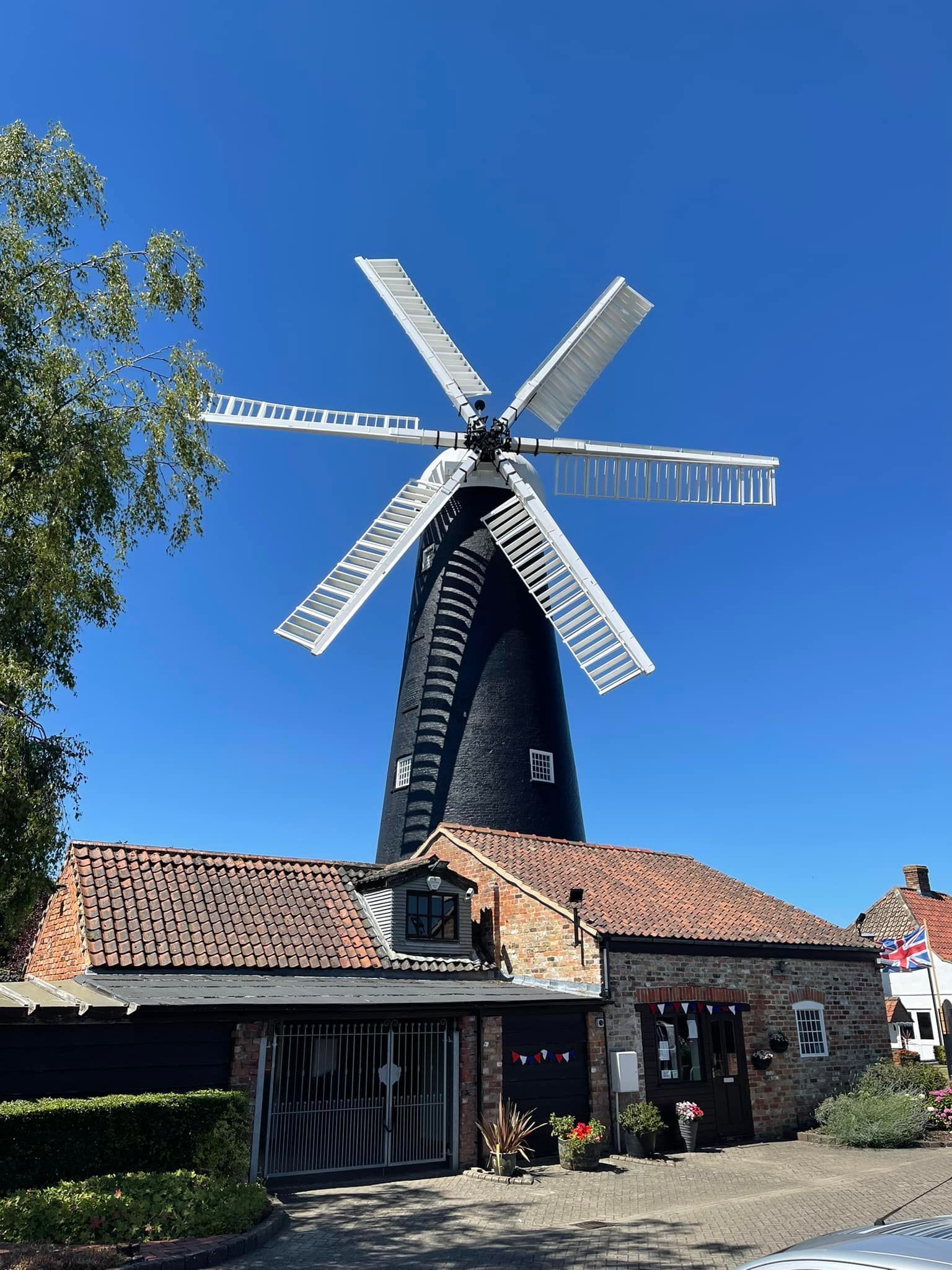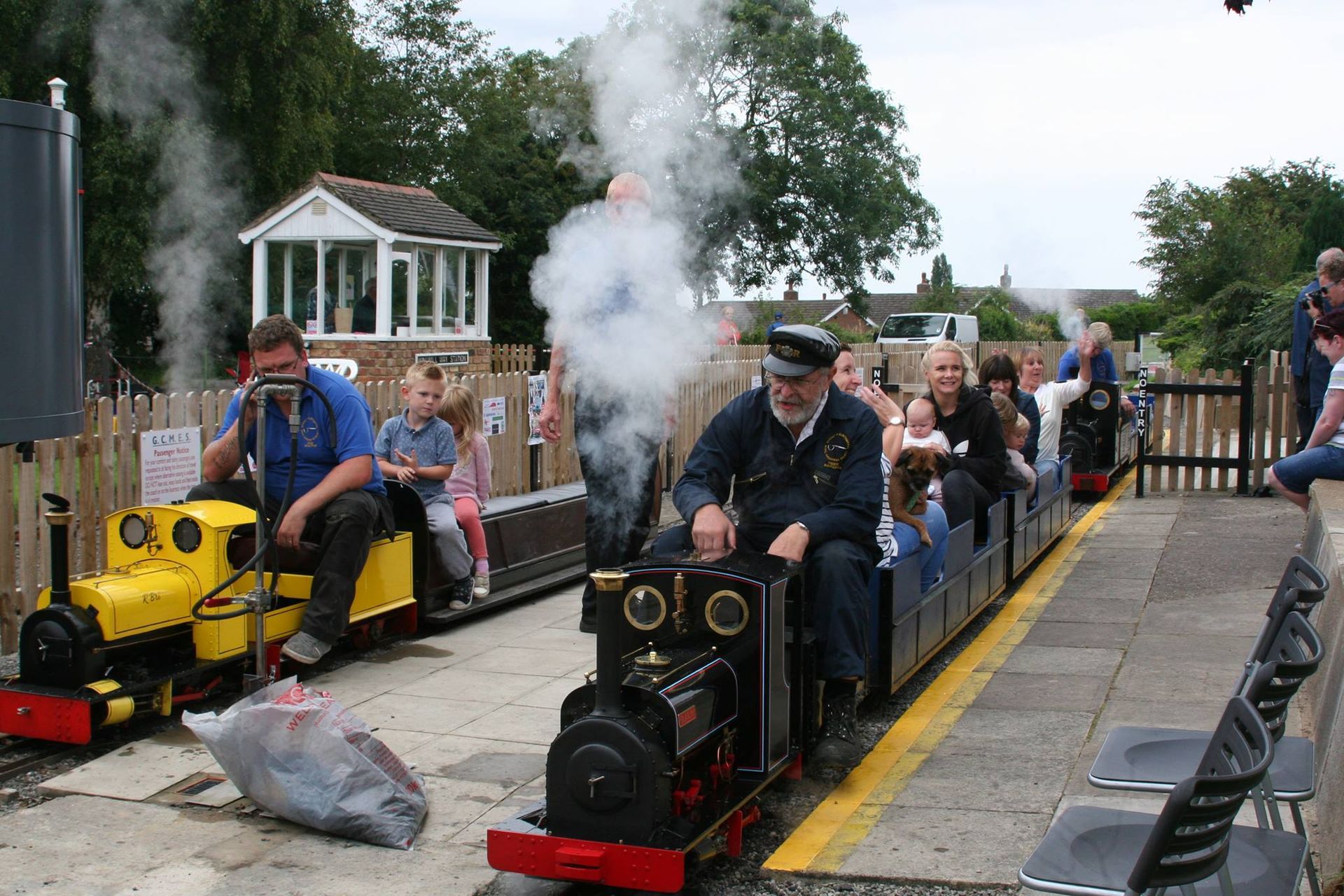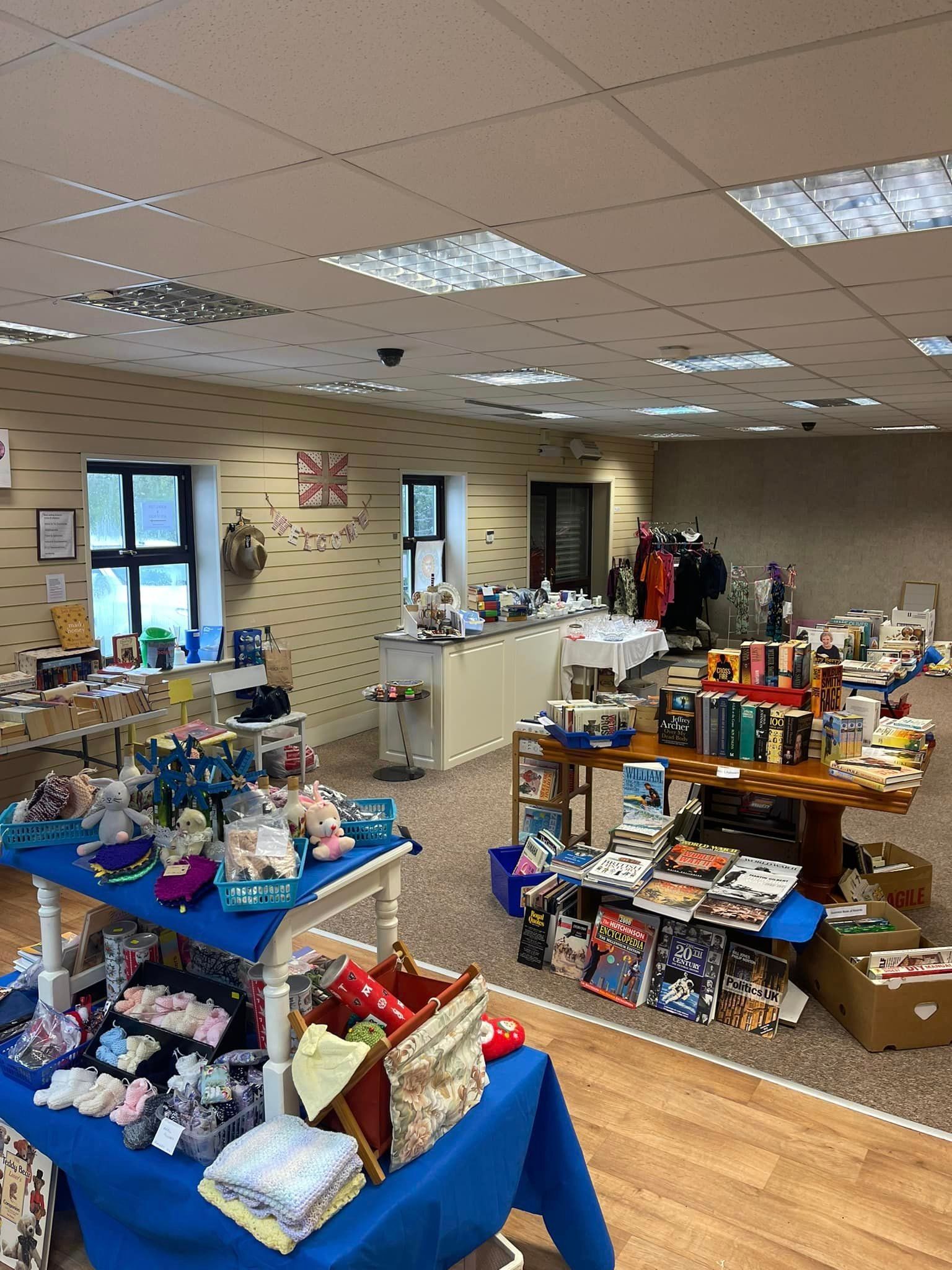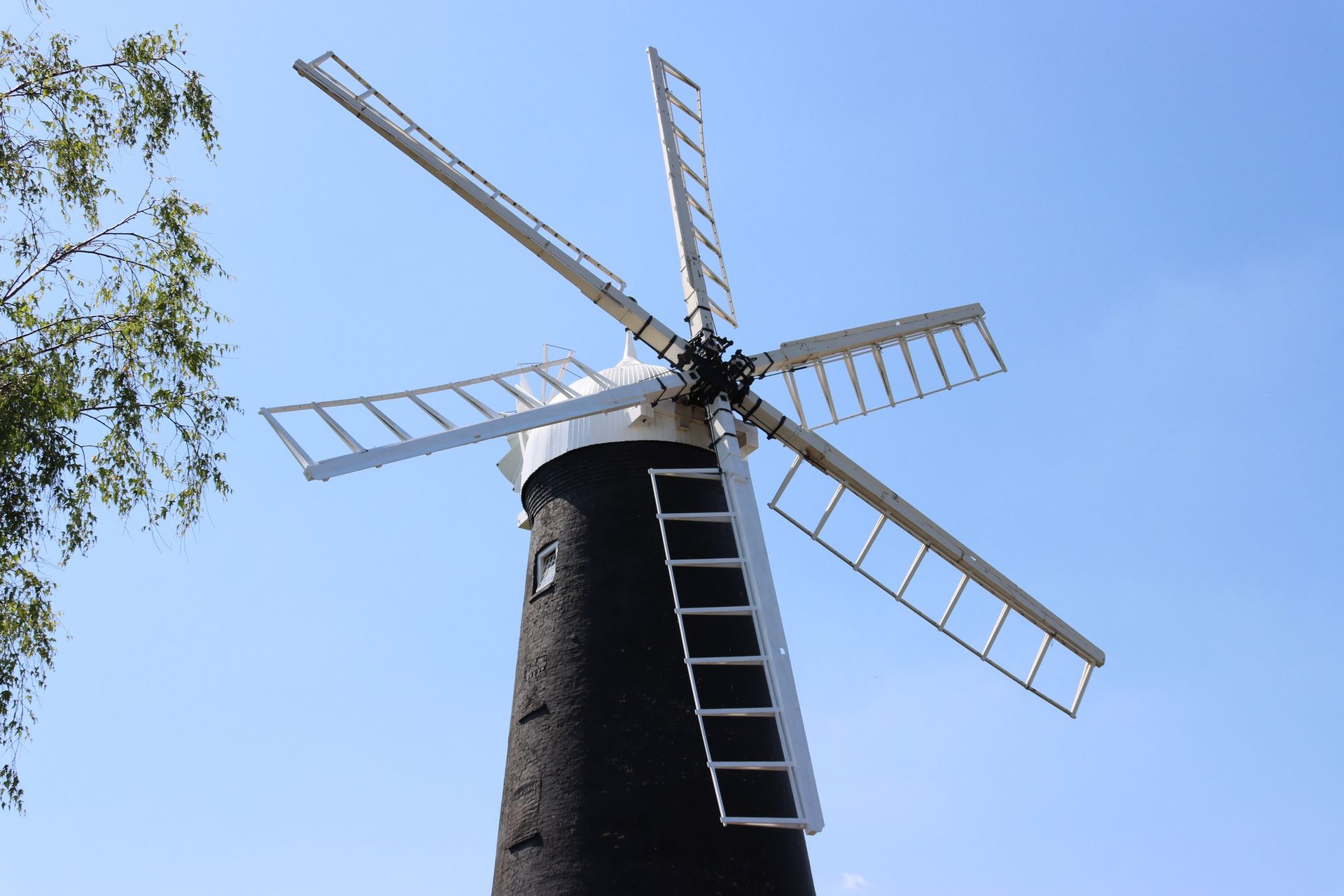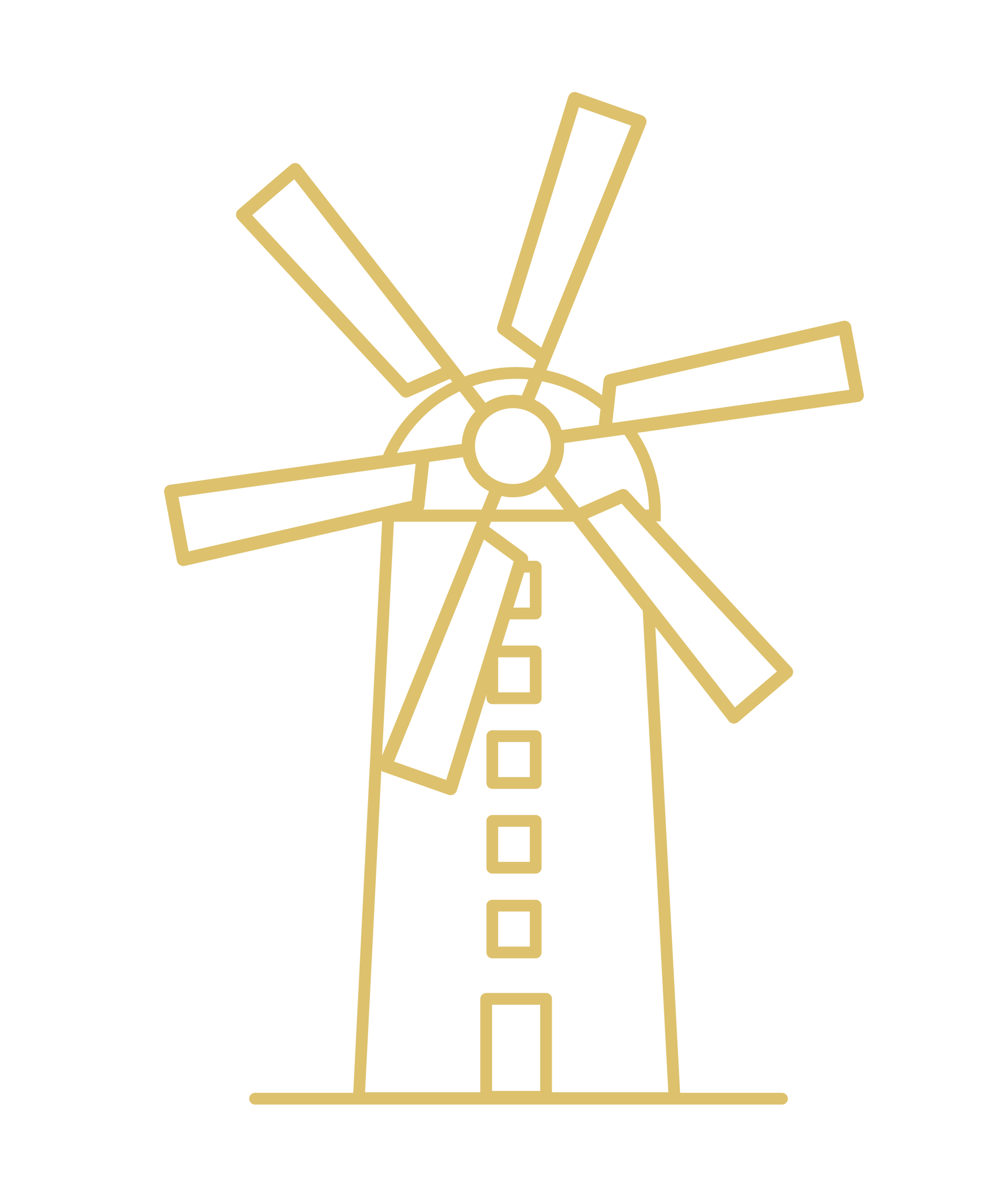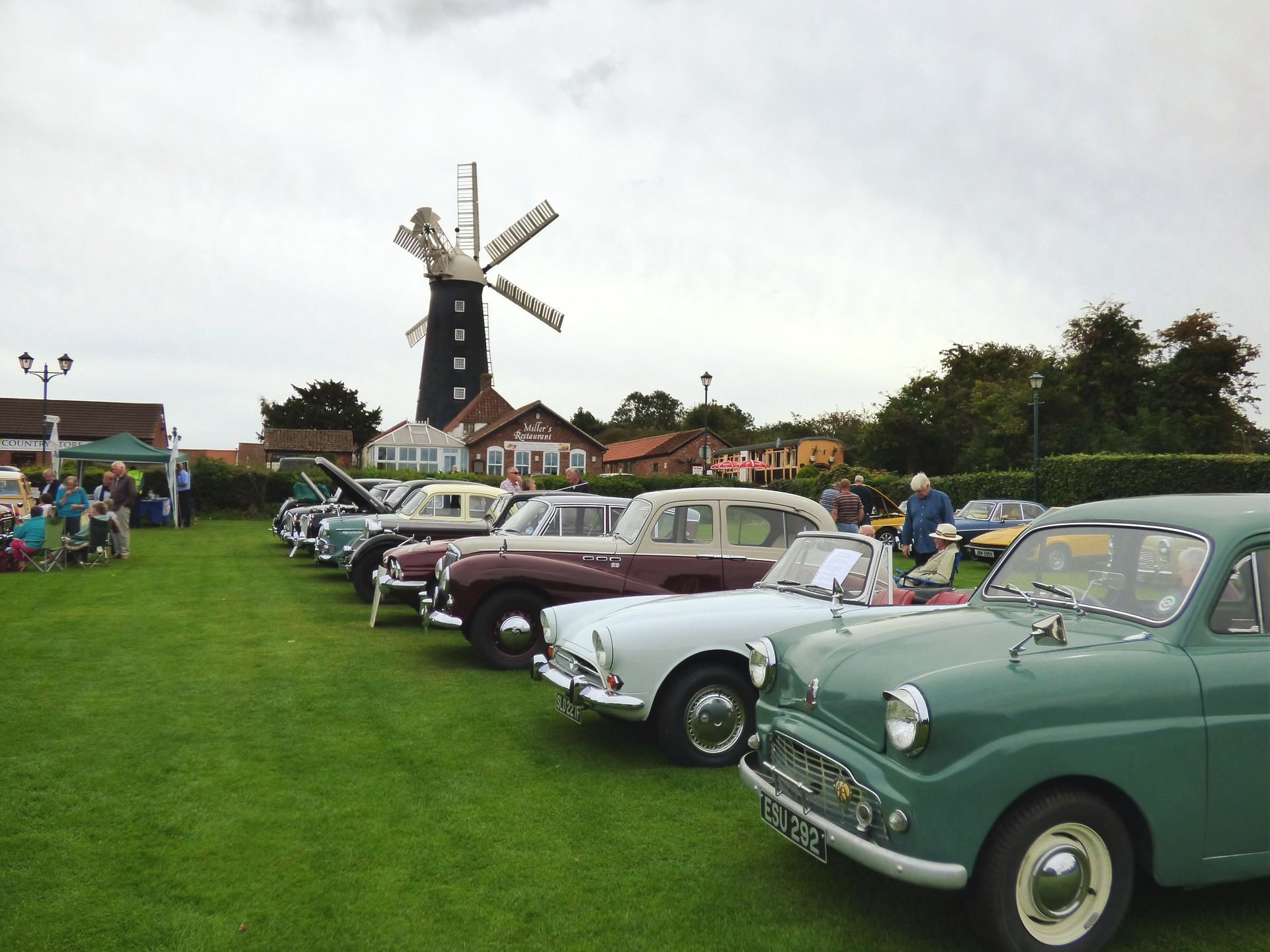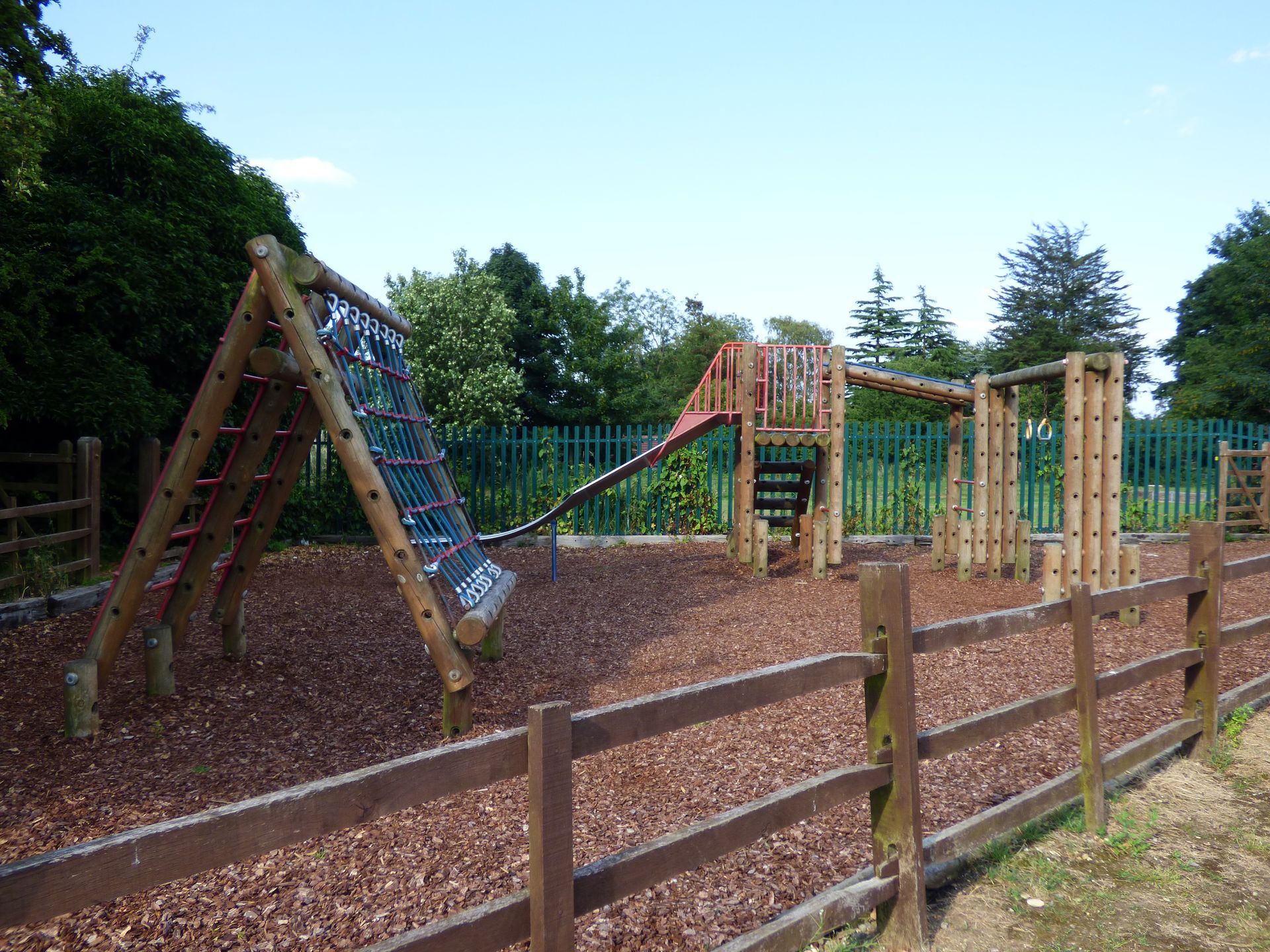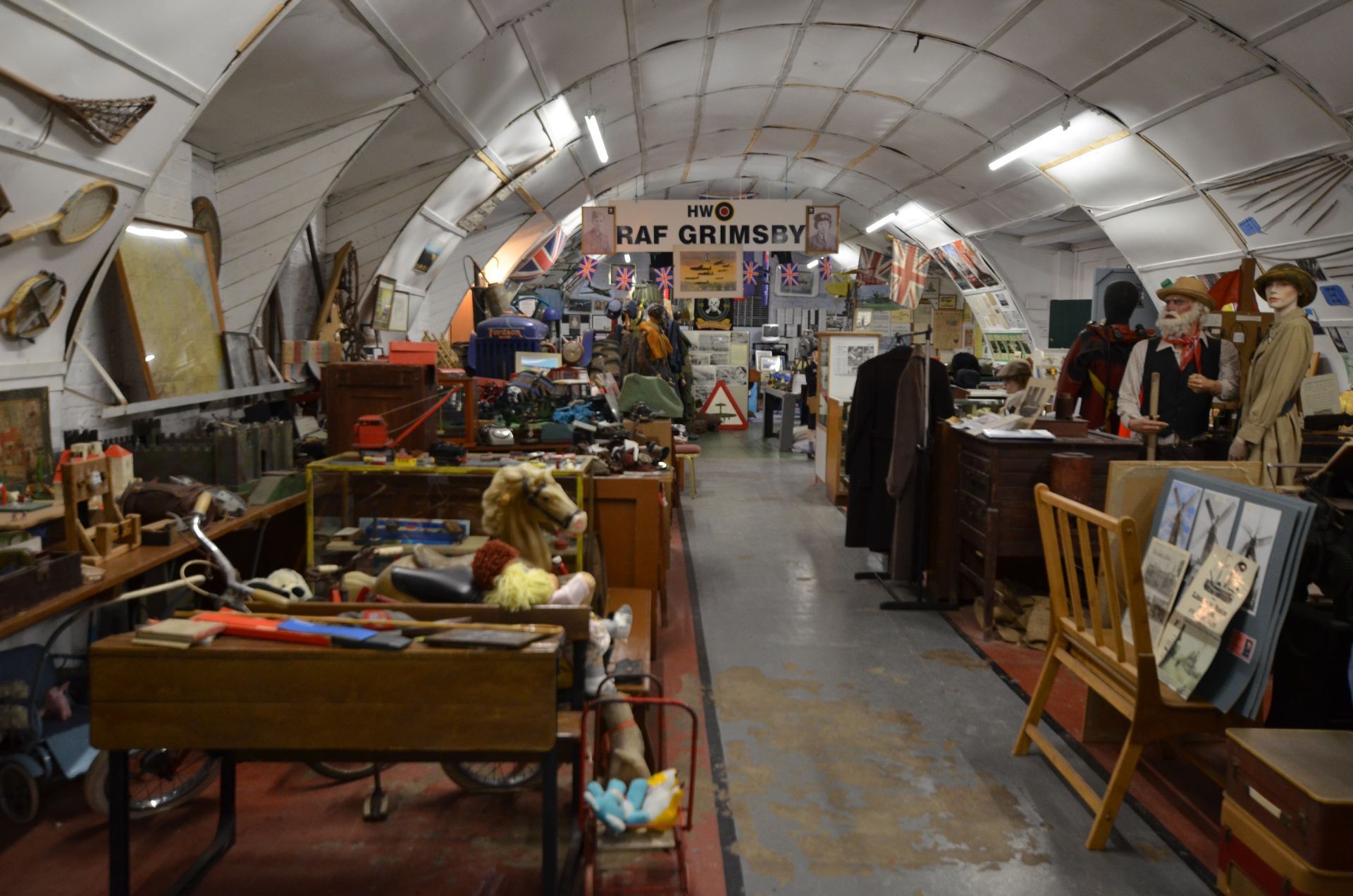By Waltham Windmill
•
18 Feb, 2024
Early History In a charter of King John to Wellow Abbey mention is made of a windmill which belonged to the Abbey, and the site is still marked by Millfield in Bargate (a windmill remained on the site or nearby until well into the 19thCentury). Watermill also mentioned. c 1250 Alan le Aumener (also called Alan of Bassingburn) granted the Knights Templar land in Grimsby to the value of £4.15s 0 1/2d p.a. By virtue of this grant they claimed a right to hold a court in the borough, to have the burgesses grind their corn exclusively at their windmill. (B A Lees: Records of the Templars in England in the 12th Century p105; Rotuli Hundredorum, Record of Commissioners 1831) There had been watermills in Grimsby since before the Norman Conquest – two were constructed in 1424/5 as part of the West Haven scheme. The Augustine Nunnery of St Leonard (founded before 1184 on the site now occupied by Grimsby College) at the Dissolution of Monastic Houses owned land and received rent of £1 from a windmill (Dugdale Monasticon IV pp546-7). In a list of garths there is a reference, in 1537, to ‘Welloo Mille’. In 1560 It was recorded that no-one was to make scythe-paths or ways to the windmill across the cornfield but to keep to the ancient ways and paths. Post mill - Bargate, Millfield Built on or near medieval monastic mill site situated to right of Bargate facing towards the town centre on site of present large, detached house called ‘Millfield’. Watercolour dated 1830 in the Welholme Art Gallery depicts a white-painted post mill with four anti-clockwise hand-clothed sails – they appear to be mounted on a poll end. Depicted on 1831 survey map of Grimsby as Davey’s mill. Also worked at one time by Matthew Wardale. Lincoln, Rutland and Stamford Mercury (L.R.S.M.) Dec 13 1822: To be sold by auction. All that equity and right of redemption in all that one undivided moiety or equal half part of and in all that post windmill, with the tackle and going gear, situated on the right hand side of the Turnpike Road near the entrance to the town of Great Grimsby, which was late in the occupation of William Davy and Matthew Wardale. L.R.S.M. June 4 1824: To be let or sold and entered upon immediately. An excellent post wind corn mill containing two pairs of stones, situated at the south entrance to the town of Great Grimsby. Apply at the office of Mr William Heaford Daubney. Daubney was clerk to county magistrates’ offices in Brewery St, home in Flottergate. Post windmill - Brewer’s Mill, West Marsh Lane Depicted on Grimsby borough map of 1831-2 as standing in West Marsh at the northern end of Ropery Road. Now Alexandra Rd? Described as a post mill in 1822 with a pair of French stones and a pair of blue stones, dressing machine etc. Presumably the stones were driven from brake and tail wheels directly off the windshaft (like Wrawby mill). The mill had been badly damaged after being tailwinded the previous year. The owner, Mr Brewer, let the mill to tenant millers. Stamford Mercury November 9 1821. Grimsby. During a gale on Sunday morning last which came from the west, north-west, a windmill belonging to Mr Thomas Brewer of Grimsby, which stood facing the south was set agoing by the gale and the reverse way which broke machinery to the amount of £80.00. December 5 1822. To be sold capital post wind corn mill. Standing at Great Grimsby held by lease of which 90 years are yet un-expired. Apply to Mr Thomas Brewer, the owner. Also similar L.R.S.M. March 28 1823. Post windmill - Harwood’s Mill, Welhome/Scartho Roads Anderson Bates, local antiquary, wrote late in 19th century of mills he had known in Grimsby during his lifetime. He refers to this one as having stood on the corner of Welholme and Scartho Roads and was burnt down. Stamford Mercury July 27 1838. Grimsby. On Sunday morning last at about 1 o’clock, the mill of Mr Harwood of Grimsby was discovered to be on fire. An engine was immediately procured but was of no service. In a short time the whole edifice was a mass of fire. It is feared from the depredations which of late have been committed on the premises, that this has been the act of an incendiary. The property was insured for £250.00. Post mill - Sheardown’s Mill, East Marsh Depicted on the Grimsby Ordnance Survey map of 1790 on the eastern edge of the East Marsh lotts overlooking the open land of East Marsh. Was this mill a predecessor of the six stoned tower mill built by E. Ingledew in c.1836? Tower windmill – Croft’s or Marshall’s Mill, Holme Street Stood in Holme St, north of Pasture Street and Sheepfold Street. When built in c.1836 it was on the edge of open grazing land to the east with newly laid out streets to the west. It was built under the supervision of Ingledew, the well-known Gainsborough millwright. It comprised: A six-stoned brick tower with ogee cap and fantail. Four double pressure anti-clockwise patent sails and balcony with wooden cross-braced balustrade to 2ndfloor to regulate the sails and operate brake chains. In c.1842 an engine house with tall chimney was erected to house a 10 hp stationary steam engine, which was advertised as capable of driving three pairs of stones. L.R.S.M. March 1 1844. To be sold by auction all that freehold smock wind and steam mill situated in the East Marsh lotts in Great Grimsby and now in the occupation of Mr Michael Croft miller. The above windmill was erected about eight years ago under the inspection of Mr Ingledew of Gainsborough and is supplied with pressure sails, runs four pairs of 4’6" stones, is six storeys in height and is completely furnished in every respect. The proprietor has also within the last two years, at a considerable expense, added a steam engine of 10 horsepower with engine house etc. Complete and capable of driving three pairs of stone. Bought by Marshall family to replace Cartergate post mill after 1844. L.R.S.M. Sept 29 1854. On Thursday morning the 21st, as Mr John Appleyard, having care of Messrs Marshall’s wind corn mill at Grimsby, was taking a piece of straw out of the gauge, his sleeve was caught by a piece of iron which had been placed on the spindle and projected to catch and ring a bell. He was instantly drawn round the spindle upon the stone, which was performing about 60rpm, and his clothes with his body were twisted so tight around the spindle as to stop the mill. Hopes are entertained for his recovery. Cartergate Mill, Grimsby Cartergate mill was formerly known as the Hollingshead mill. Mr Marshall, a farmer and a ship owner, sold some wheat to a miller named Smith who owned the mill at that time. Smith failed to pay for it and Mr Marshall took a mortgage on the property to cover the debt and eventually foreclosed in about 1817. He then commenced the business of Marshall & Sons, later they took over the Croft mill and built the Havenside Mill. The windmill at Cartergate stood on a site of number 3 Queens Parade, which is now a care home. Later the mill was sold to a man called Black and was re-erected at Tetney where it worked for a number of years. Stamford Mercury April 13 1821. To be let an excellent post corn windmill with round house now in full trade situated at the entrance of Great Grimsby, now in the occupation of Mrs Hollingshead, the owner. William Marshall & Sons – Flour Millers, Grimsby [IMAGE] William Marshall was born in 1764. He owned land at Snitterby, Cockerington and Scartho, and was a church warden at Scartho and Grimsby. He was athletically built and used to walk most of his journeys, frequently walking from Scartho to Gainsborough, from Gainsborough to Cockerington, from Cockerington to Louth and back to Scartho where he lived. He was rather eccentric in some points of his character and had his own tomb stone placed in the churchyard over 30 years before it was required, on which was set forth the virtues of his wife who preceded him. Also engraved upon it were emblematic representations of his work and progress in life. He was a farmer, a ship owner, and established his milling business in Grimsby in 1817 (see Cartergate Mill). William Marshall took into partnership his sons John, Thomas and Andrew and during this partnership the Haven mill was purchased and later on Crofts wind steam mill, a four sail tower mill that stood on the north side of what was later called East Marsh Street and to the east of the railway lines. 1872 Whites Directory Marshall, William. Corn cake, flour, coal and commission merchant and vice consul of the North German Confederation, 96 Victoria St West. Home: East Villa, Scartho Road. Marshall, Andrew. Miller. (Wm Marshall & Sons) Home: 60 Yarborough Terrace. Marshall, Charles Andrew. Miller. (Wm Marshall & Sons) Home: Elm Cottage, Bull Ring. Marshall, John Hewson. Miller. (Wm Marshall & Sons) Home: Pelham St. Scartho - Post Mill – Heaton’s Mill Grid Ref: TA 267071 Open tressle post mill on old site. Depicted in c.1869 with two spring sails and two hand-clothed sails. Two-stoned rear extension similar to Laughterton mill to house auxiliary machine – e.g. Wire machine/dresser. Replaced by five-sail tower mill in 1870. The post mill continued operating until the tower mill was completed and a photograph survives in the Hallgarth collection showing both mills in the same yard prior to the post mill demolition. Millers: 1772 – John Champion 1855 – John Heaton 1856 – John Heaton senior and John Heaton junior. 1868 – John Heaton Five sail tower Mill, Scartho Grid Ref: TA 267071 Built 1869 by Saundersons of Louth to replace earlier post mill. Worked by sail until 1930s. Sails removed by 1939. Mill demolished 1950s. Mr Andrew said that they looked at the sails in 1938 with the idea of putting them on Wrawby mill – but they were too heavy. Two were sold to the Kennedys and put on Stallingborough mill. After one sail broke and the rest were removed, the mill continued for some years powered by electricity. A stone over the entrance door read ‘Scartho Mill AD 1869 John Heaton’. On the ground floor was a sifter. On 1st floor were four pairs of stones overdriven 4’0" diameter and an oat crusher. On the 3rd floor was a smutter. The upright shaft was of wood, the wind-shaft and brake wheel cast iron. The brake wheel was approx 7’0" pitch diameter with iron segment teeth 3’0" pitch – the brake wheel was cast in two halves diametrically. The five patent double-pressure sails were 33’0". The tower was 11’0" diameter at the curb, 21’0" diameter at the ground floor (inside measure). Dead curb with side roller and rack inside. The wind-shaft neck journal was outside the cap (10" diameter by 8" long) – the shaft was 7 ¾ sq. The upright shaft was of wood 13" sq. The brake wheel had 96 teeth, 3" pitch, 4 ¾" face and 2" deep. The iron wallower had 44 teeth – iron brake band with iron lever. The great spur wheel was of iron with 108 teeth. The stone nuts were cast iron mortice with wooden teeth, two having 22 and two having 21 teeth. There were two pairs of French burr stones and two pairs of Derbyshire peak stones, either one or all four of which could be driven by electric motor in the basement. Governors were belt-driven off the base of the upright shaft. The sack hoist was driven off a flat iron friction wheel from a ring, mounted below the wallower. Millers: 1872 John Heaton 1882 C Robinson 1885 Edward Robinson (bankrupt 1885 – London Gazette June 23rd) 1889 William Topham (given as corn miller, Waltham 1882, home in Grimsby) 1905 Henry Colebrook
